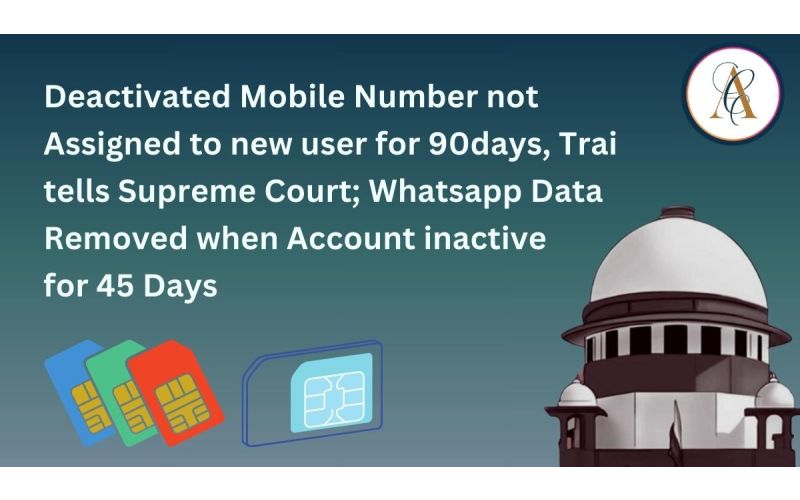E-Courts: The Future of Judiciary in India

E-Courts: The Future of Judiciary in India
India’s judiciary is at a crossroads, with digitization and judicial reforms paving the way for increased efficiency, transparency, and accessibility. The e-Courts initiative, launched by the Indian judiciary under the National e-Governance Plan (NeGP), is a transformative step toward modernizing the country’s legal system.
What is the e-Courts Project?
The e-Courts project aims to provide ICT-enabled services to litigants, lawyers, and the judiciary. It includes the establishment of digital infrastructure in courts, enabling electronic filing (e-filing), virtual hearings, and online access to case information.
Launched in 2007, the initiative is being implemented in three phases:
- Phase I (2007–2015): Focused on computerizing district and subordinate courts and providing basic digital infrastructure.
- Phase II (2015–present): Introduced e-filing, case status portals, and video conferencing facilities.
- Phase III (2021 onwards): Emphasizes judicial process automation, artificial intelligence, and an open data policy.
Key Features of E-Courts
- Online Case Management Systems:
Litigants and lawyers can view case statuses, cause lists, and judgments online, ensuring transparency and reducing physical visits to court. - E-Filing and Virtual Hearings:
Documents can be filed digitally, and virtual courtrooms allow hearings via video conferencing, saving time and resources. - Digital Case Records:
Court records are being digitized to ensure easy access and prevent document loss. - Integrated Online Payment:
Enables litigants to pay court fees and fines digitally.
Benefits of E-Courts
- Enhanced Accessibility:
Rural litigants and those with limited mobility can access judicial services online, reducing disparities in access to justice. - Efficiency:
Digitization speeds up case management, reducing the pendency of cases—a significant issue in India’s overburdened judiciary. - Transparency:
Online case tracking enhances trust in the judicial process by making case information publicly available. - Cost-Effectiveness:
Virtual hearings and e-filing reduce the expenses associated with physical court visits.
Challenges in Implementation
- Digital Divide:
Limited internet access and technological literacy in rural and underprivileged areas hinder the widespread adoption of e-Courts. - Data Security:
Protecting sensitive judicial data from cyber threats is a critical concern. - Resistance to Change:
Traditionalists within the legal fraternity may resist adopting new technologies. - Infrastructure Gaps:
Many courts still lack adequate digital infrastructure and trained personnel.
The Way Forward
- Capacity Building:
Training programs for judges, lawyers, and court staff will facilitate smoother adoption of e-Courts. - Public Awareness:
Outreach initiatives to educate litigants about the benefits and use of e-Courts can bridge the digital divide. - Robust Cybersecurity Measures:
Implementing stringent data protection policies will safeguard sensitive information. - AI Integration:
Leveraging artificial intelligence for predictive case management, legal research, and decision support can revolutionize the judiciary.
Conclusion
E-Courts represent a monumental leap toward a more accessible, efficient, and transparent judiciary in India. While challenges persist, a phased approach to implementation, coupled with investments in digital infrastructure and public awareness, will ensure the judiciary evolves in tandem with technological advancements.
The e-Courts initiative is not just a step forward; it’s the foundation for a judicial system that is future-ready, equitable, and just.
Post Categories
Featured Posts
Latest Posts
Latest Posts

E-Courts The Future of Judiciary in India...
India rsquo s judiciary is at a crossroads with digitization and judicial reforms paving the way for increased efficiency transparency and accessibility The e-Courts initiative launched by the Indian judiciary under the National e-Governance Plan NeGP is a transformative step...

Recruitment Process -Last Date To Fulfil Eligibility Criteria Is Last Date To Submit Applications...
The Supreme Court emphasized that where there is an absence of any specific rule or prescription the last day for fulfilling eligibility is the last date of submission of the application The Court made the observation while refusing the benefit...

Indian Penal Code...
The Indian Penal Code IPC is the official criminal code of India It is a comprehensive code intended to cover all substantive aspects of criminal law The code was drafted on the recommendations of the first law commission of India...

Parliament Passes Forest Conservation Amendment Bill...
After opposition walked out over their demands for discussion on Manipur Violence the Rajya Sabha passed the contentious Forest Conservation Amendment Bill today It aims to amend certain provisions under the Forest Conservation Act to extend and exempt...

Deactivated Mobile Number Not Assigned To New User For Days TRAI Tells Supreme Court...
The Telecom Regulatory Authority of India TRAI has told the Supreme Court that once a cellular mobile telephone number is deactivated for non-usage or disconnected on the request of the subscriber it is not allocated to a new subscriber for...

Supreme Court Questions Effectiveness Of Delhi's 'Odd-Even' Scheme In Controlling Pollution...
The Supreme Court on Tuesday November questioned the effectiveness of the Delhi Government's odd-even scheme in controlling air pollution while terming it as ldquo optics rdquo Under this scheme vehicles with license plate numbers ending in an even digit are...

Speak With Our
Get a Appointment
















